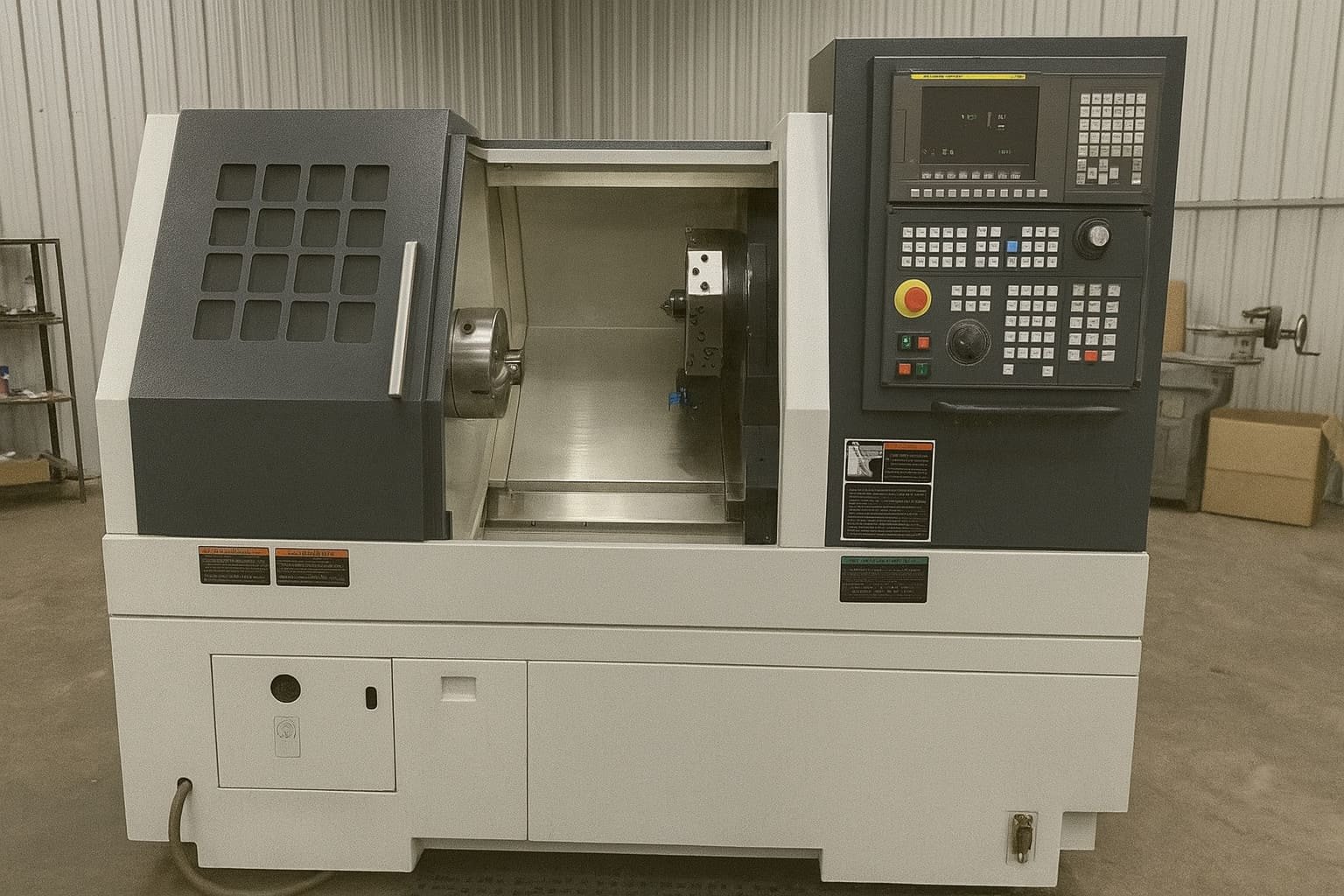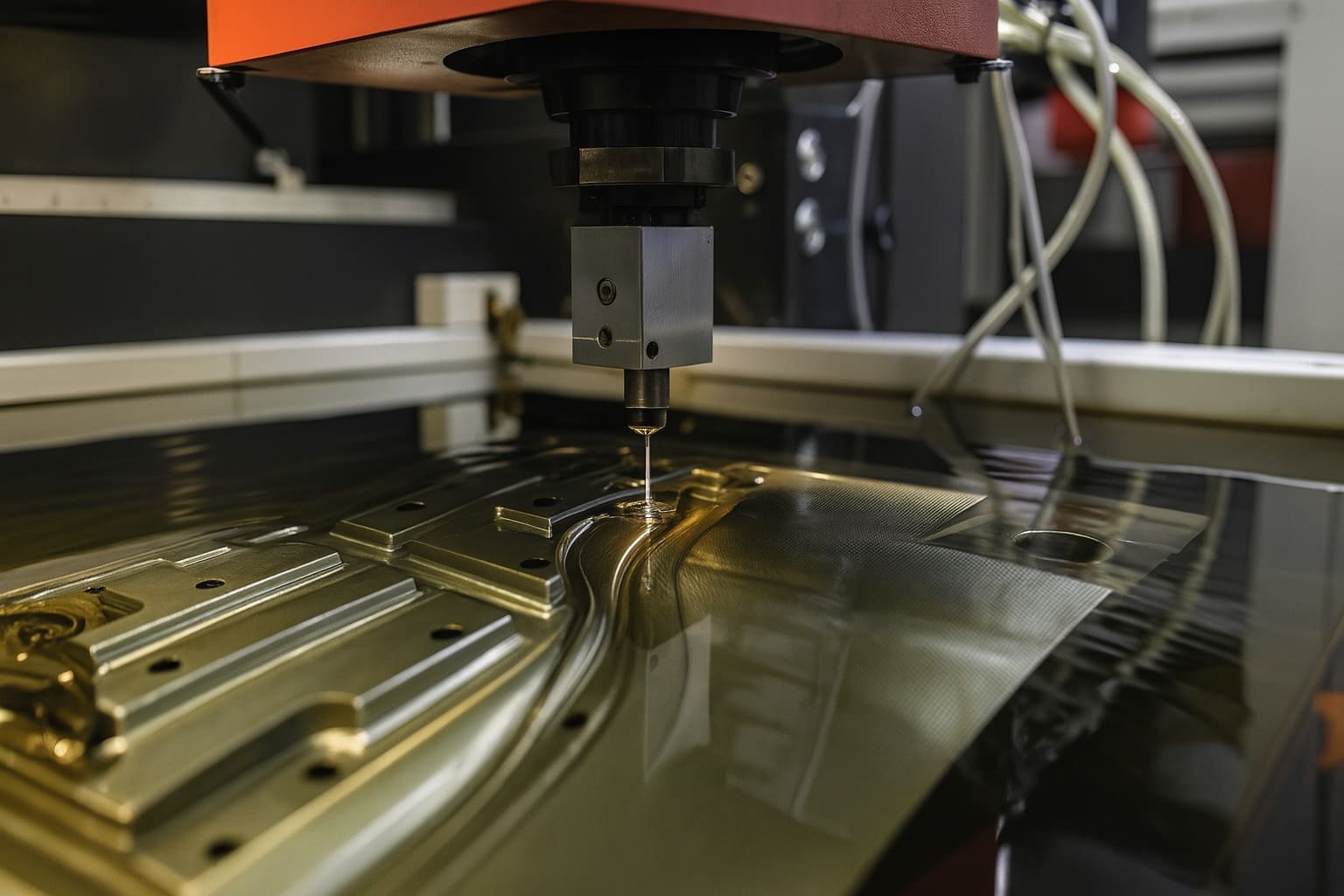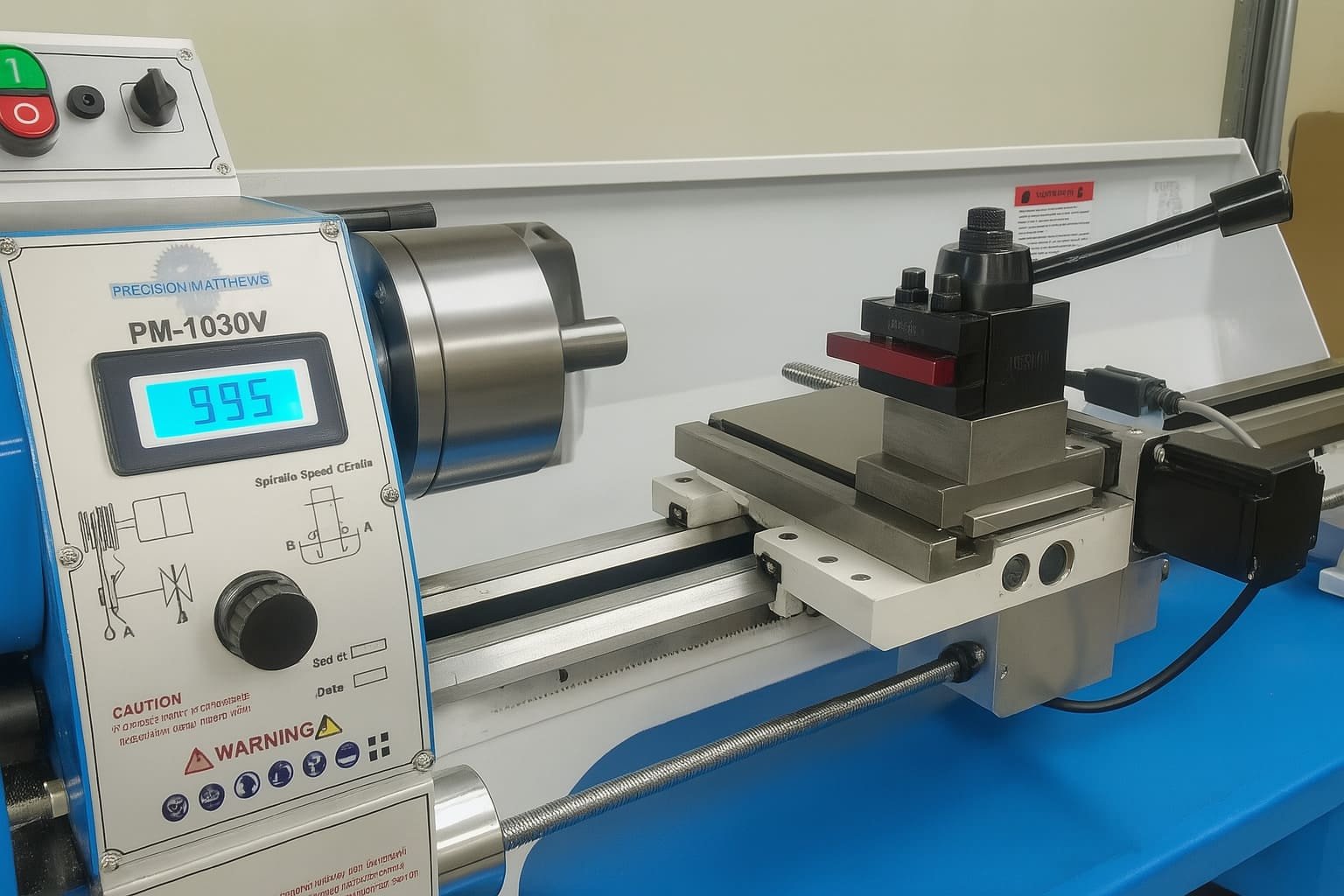CNC lathes and CNC Millings are both essential tools in modern manufacturing, but they serve different purposes and have distinct functionalities. CNC lathes are ideal for producing cylindrical parts by rotating the workpiece, while CNC mills are designed for cutting various shapes by moving the cutting tool around the workpiece.
What is a CNC Lathe?
A CNC lathe is a machine tool that rotates the workpiece on its axis to perform various machining operations such as cutting, sanding, knurling, drilling, or deformation, with tools that are applied to the workpiece to create an object with symmetry about an axis of rotation.
What is CNC Milling?
A CNC mill is a computer-controlled machine used for precise cutting, shaping, and drilling of materials. It’s essential in manufacturing for its accuracy and efficiency.
CNC (Computer Numerical Control) mills operate by interpreting a computer-generated design into a series of coded instructions. Here’s how it works:
- Design Creation: A CAD (Computer-Aided Design) software is used to create a digital model of the desired part.
- Code Generation: The design is converted into G-code, a language that the CNC machine understands.
- Machine Setup: The appropriate cutting tools are installed, and the material is secured on the machine bed.
- Execution: The CNC mill follows the G-code instructions to cut or shape the material with high precision.
Applications of CNC mills are vast, ranging from automotive to aerospace industries, where they produce complex parts with tight tolerances. Their ability to replicate designs consistently makes them invaluable in mass production scenarios.
How CNC Lathes and CNC Mills Work
How CNC Lathes Work
- Rotation: The workpiece is secured in a chuck and rotated.
- Tool Movement: Cutting tools are stationary and move linearly to remove material.
- Symmetry: Ideal for creating symmetrical parts like shafts, bolts, and bushings.
How CNC Mills Work
- Tool Rotation: The cutting tool rotates while the workpiece remains stationary or moves along different axes.
- Multi-Axis Movement: The cutting tool moves along multiple axes (X, Y, Z) to carve the material.
- Complex Shapes: Suitable for creating intricate parts, including 3D shapes and complex geometries.

Comparison Table
| Feature | CNC Lathe | CNC Mill |
|---|---|---|
| Primary Motion | Rotates the workpiece | Moves the cutting tool |
| Ideal For | Cylindrical parts | Complex shapes and details |
| Axis Movement | Primarily linear | Multi-axis (X, Y, Z) |
| Material Removal | Symmetrical removal | Versatile, any direction |
| Typical Products | Shafts, bolts, bushings | Engine parts, molds, prototypes |
Detailed Comparison
Performance
- CNC Lathe: Excels in high-speed production of cylindrical parts. It is efficient and precise for jobs that require symmetrical shapes.
- CNC Mill: Offers versatility in creating complex parts with multiple features. Suitable for both small and large-scale production.
Price
- CNC Lathe: Generally less expensive due to simpler construction and fewer moving parts.
- CNC Mill: More costly because of its complexity and the need for multi-axis movement capabilities.
Suitable Applications
- CNC Lathe: Best for parts that are round or have symmetrical features. Common in industries like automotive and aerospace for producing shafts, fittings, and bushings.
- CNC Mill: Ideal for parts that require intricate details and multiple features. Used in industries such as medical device manufacturing, aerospace, and electronics.
Safety
- CNC Lathe: Requires careful handling of rotating parts to prevent accidents. Proper training and safety measures are crucial.
- CNC Mill: Involves moving cutting tools which can be hazardous. Operators need to follow strict safety protocols.

Which One Should You Choose?
Choosing between a CNC lathe and a CNC mill depends on your specific needs:
- Choose a CNC Lathe if: Your projects involve producing cylindrical parts or symmetrical shapes.
- Choose a CNC Mill if: You need to create complex shapes with multiple features and intricate details.
FAQ
What’s the main difference between CNC lathe and CNC mill?
The main difference is that a CNC lathe rotates the workpiece while a CNC mill rotates the cutting tool.
Can a CNC lathe perform milling operations?
Generally, no. CNC lathes are designed for turning operations, whereas CNC mills are designed for milling operations.
Is CNC milling more expensive than CNC turning?
Yes, CNC milling is often more expensive due to its complexity and the need for multi-axis movement.
Conclusion
In summary, CNC lathes and CNC mills serve different but complementary roles in manufacturing. CNC lathes are perfect for creating cylindrical parts with high precision, while CNC mills excel at producing complex shapes with intricate details. Understanding the key differences and advantages of each can help you make an informed decision for your specific application. If you are still unsure which one to choose, consult with a professional to assess your project needs.


